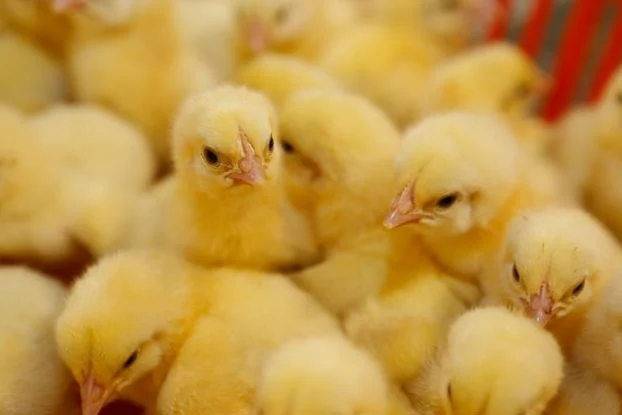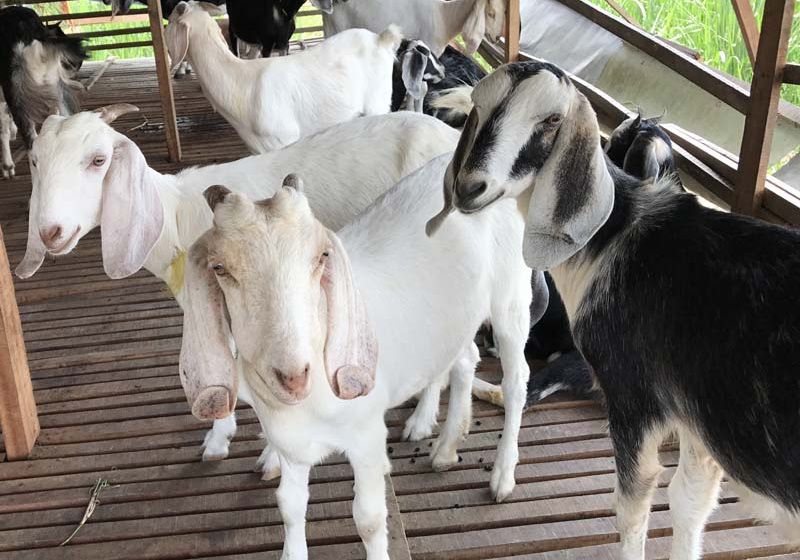Effective Methods for Controlling Livestock Breeding
Introduction
Controlling livestock breeding is a crucial aspect of modern animal husbandry. Effective breeding control ensures improved genetic traits, enhances productivity, and minimizes inbreeding, leading to healthier livestock populations. Additionally, managing reproduction contributes to disease control, economic efficiency, and overall sustainability in the agricultural industry.
In this comprehensive guide, we will explore various methods for controlling livestock breeding, including natural, technological, and scientific approaches.
1. Natural Breeding Control Methods

1.1. Selective Breeding
Selective breeding involves choosing specific animals with desirable traits for reproduction. Farmers and breeders evaluate traits such as:
- Growth rate
- Disease resistance
- Milk or meat production capacity
- Temperament
By carefully selecting breeding pairs, farmers enhance genetic quality and maintain superior livestock characteristics.
1.2. Controlled Mating
Controlled mating involves regulating when and how animals mate. Farmers may separate males and females until optimal breeding conditions arise. This approach prevents unplanned pregnancies and ensures offspring meet desired genetic standards.
1.3. Natural Estrus Detection
Observing female livestock for signs of estrus (heat) allows breeders to time mating accurately. Estrus indicators include:
- Restlessness
- Increased vocalization
- Mounting behavior
By monitoring these signs, farmers can optimize breeding success while avoiding unnecessary mating
2. Technological Breeding Control Methods

2.1. Artificial Insemination (AI)
Artificial insemination (AI) is a widely used reproductive technology that involves manually introducing semen into a female’s reproductive tract. Benefits of AI include:
- Genetic improvement through superior sire selection
- Reduced risk of disease transmission
- Increased reproductive efficiency
AI is especially beneficial for dairy cattle, pigs, and poultry breeding programs.
2.2. Embryo Transfer (ET)
Embryo transfer allows high-quality female livestock to produce multiple offspring. The process includes:
- Superovulation induction in a donor female.
- Fertilization and collection of embryos.
- Implantation of embryos into surrogate mothers.
This method enhances genetic diversity and maximizes breeding efficiency.
2.3. Cryopreservation
Cryopreservation is the storage of semen or embryos at ultra-low temperatures (-196°C) in liquid nitrogen. This technology enables:
- Long-term genetic preservation
- Global distribution of superior livestock genetics
- Backup breeding options in case of disease outbreaks
2.4. Genetic Engineering and Cloning
Recent advancements in biotechnology allow for genetic modifications and cloning in livestock. Scientists manipulate genes to:
- Improve disease resistance
- Enhance productivity
- Create uniform livestock populations
While controversial, these methods have the potential to revolutionize the livestock industry.
3. Scientific and Regulatory Approaches

3.1. Hormonal Control
Hormonal treatments help regulate reproduction cycles. Common hormonal methods include:
- Prostaglandins: Induce estrus synchronization in females.
- Gonadotropins: Stimulate ovulation and improve conception rates.
- Melatonin Implants: Used in sheep breeding to regulate seasonal fertility.
3.2. Castration and Sterilization
For population control, castration (removal of testicles) and sterilization (blocking reproductive functions) are effective solutions. Benefits include:
- Prevention of unwanted breeding
- Reduced aggression in male animals
- Better meat quality (in some species, such as pigs)
3.3. Government Regulations and Breeding Standards
Governments and agricultural organizations impose strict breeding regulations to maintain genetic diversity and prevent disease outbreaks. Key regulatory measures include:
- Mandatory breeding records and pedigree documentation
- Restrictions on inbreeding
- Licensing for artificial breeding practices
Adhering to these standards ensures ethical and responsible livestock breeding.
4. Sustainable Breeding Practices
4.1. Ethical Breeding Programs
Sustainable breeding focuses on animal welfare, minimizing stress, and reducing genetic disorders. Ethical breeding strategies include:
- Avoiding excessive inbreeding
- Ensuring adequate nutrition and veterinary care
- Using humane reproductive control methods
4.2. Organic and Free-Range Breeding
Organic and free-range livestock breeding promote natural reproduction cycles while maintaining high animal welfare standards. Key principles include:
- Avoiding synthetic hormones and antibiotics
- Allowing natural mating behaviors
- Maintaining diverse gene pools
4.3. Community-Based Breeding Programs
Local farmers and breeders collaborate in community-based breeding programs to:
- Share superior livestock genetics
- Promote sustainable agricultural practices
- Enhance rural economies through cooperative breeding efforts
Conclusion
Controlling livestock breeding is essential for enhancing productivity, genetic diversity, and sustainability in the agricultural sector. From traditional methods like selective breeding and natural estrus detection to advanced techniques such as artificial insemination and genetic engineering, farmers have numerous options for managing animal reproduction.
By integrating ethical and scientific breeding approaches, livestock producers can ensure a healthier and more efficient agricultural industry while maintaining environmental and animal welfare standards.
For successful breeding control, it is crucial to stay updated with the latest technologies, adhere to regulations, and prioritize ethical practices. With proper management, the future of livestock breeding will continue to evolve, benefiting both farmers and consumers worldwide.
Read more:

